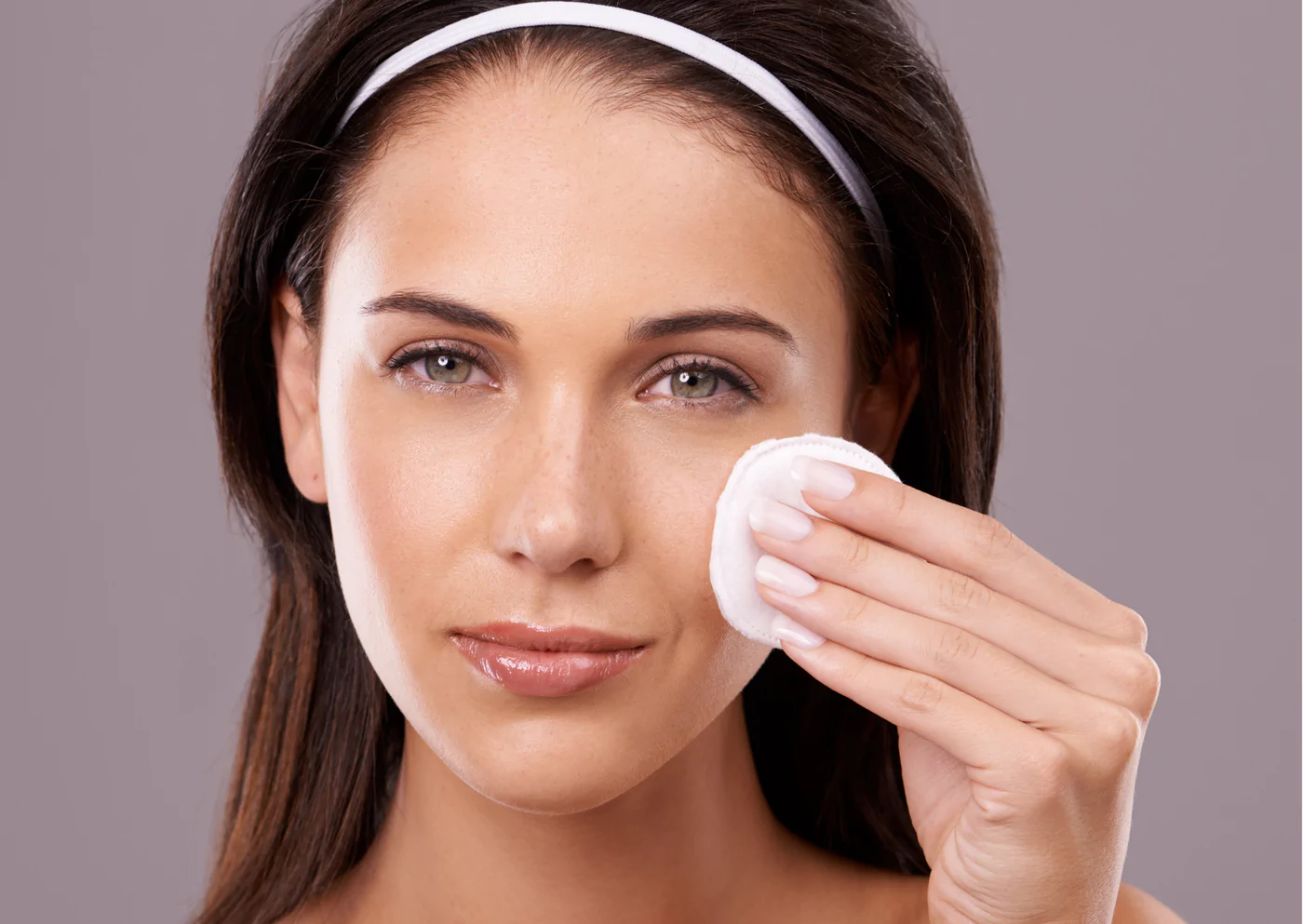
If you’re an avid label-reader, then SLS is no stranger to you. Commonly found in bodywash, shampoo, and face cleansers, it’s main ingredient in many cleansing products. What but exactly is SLS, what does it do, and why is there so much controversy surrounding its use? Let’s dive in.
What is SLS?
SLS stands for Sodium Lauryl Sulfates. I know, it’s a big word and it looks intimidating, but essentially, it’s an anionic surfactant that lowers the surface tension of aqueous substances and is used as an emulsifier, wetting agent, and…I’m not making this any better. Starting over in less science-y terms, SLS are substances that are very, very good at cleaning surfaces. That’s why you can also find them in dishwashing liquid, laundry soap, and even spray cleaners! Beyond that, their emulsifying properties allow them to mix soap and water, explaining their popularity in skincare products such as lotions and creams.

What’s wrong with SLS?
If you’ve been keeping up with skincare trends, you’d notice that many businesses are now advertising “Sulphate Free” products. But why are SLS being shunned as toxic ingredients? There are two facets to this answer: the usage of sulphates and the manufacturing process of sulphates.
Let’s talk about the usage first.
As mentioned earlier, sulphates are incredibly powerful at cleaning surfaces. While this is convenient when washing dishes, it’s much less advantageous when it comes to cleansing your skin. SLS are aggressive substances, stripping your skin of its natural oils. This results in broken skin barriers – which is the leading cause of most sensitive skin issues. Furthermore, stripping your scalp of its natural oils leaves your hair dry, dull, and brittle.
Now, let’s discuss the manufacturing process.
SLS is derived from petroleum. Petroleum, asides from containing toxic substances such as benzene, is non-renewable and thus, not a sustainable resource. Workers who manufacture SLS are often exposed to these harmful substances and are at high risk of suffering from chronic health effects. This means that every time you buy a product containing SLS, you contribute to an unsustainable supply chain.
SLES is coconut oil-derived and sometimes viewed as a gentler alternative of SLS. However, both share a similarly unsustainable manufacturing process. SLES is produced using ethylene oxide, a highly toxic gas which can cause respiratory irritation, headaches, nausea, cancer, mutagenic changes, and a host of other detrimental impacts. Manufacturers have begun creating similar “alternative sulfates” in hopes of fooling consumers into thinking that they are safe for use. A short list of these alternatives is included below the blog – I highly advise checking it out!

The Controversy
At this point, I want to highlight that sulfates do not ruin your skin overnight. In fact, shampooing your hair once a day with SLS-containing soap will likely not cause you harm. The danger arises when almost every single product you apply on your skin and hair contains these ingredients – and because they are so common in modern skincare/soaps, consumers are likely exposed to it multiple times every day. This can easily trigger or worsen sensitive skin conditions, hence the urgency for consumers to move away from SLS-containing products.

Yes, reading through labels and actively choosing your skincare and haircare products is inconvenient. It’s way easier to pick up any bottle of SLS-containing shampoo or face cleanser you see on the shelf, but the long-term exposure to these substances can have devastating effects. As consumers, we need to widen our perspective and consider the impact these ingredients have on the supply chain, the environment, and even ourselves.
Sulfate “alternatives” that are still unsustainable and harmful:
– Sodium monododecyl sulfate
– Sodium caprylic sulfate
– Sodium myreth sulfate
– Sodium capric sulfate
– Sodium oleic sulfate
– Sodium stearyl sulfate
– Sodium dodecane sulfate
– There’s more! A quick google search should give you a more extensive list.














